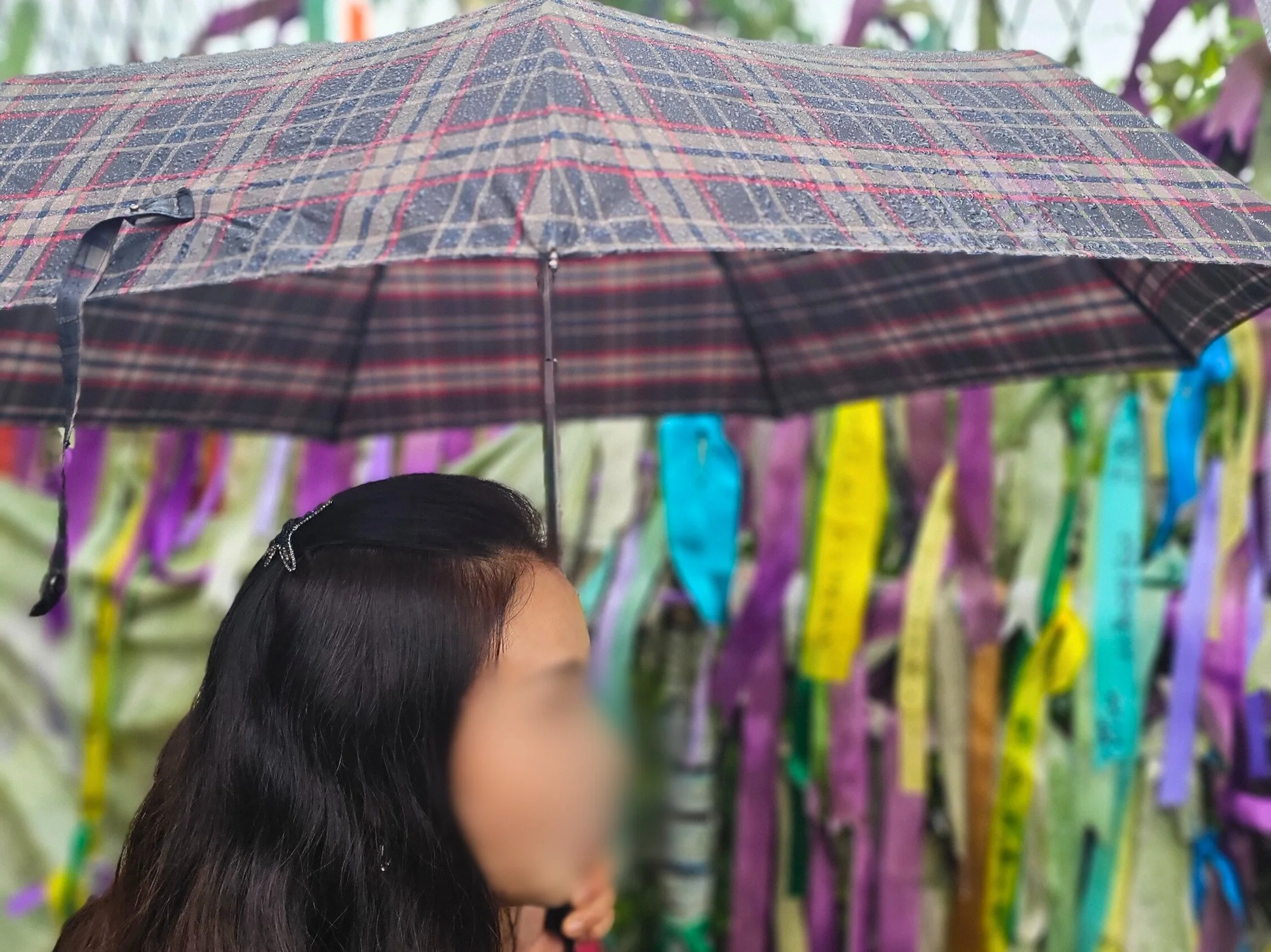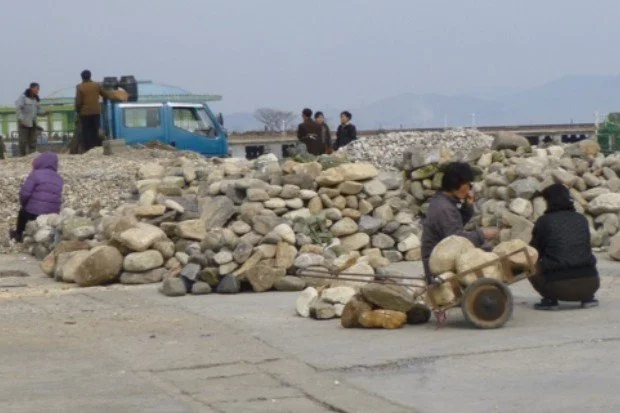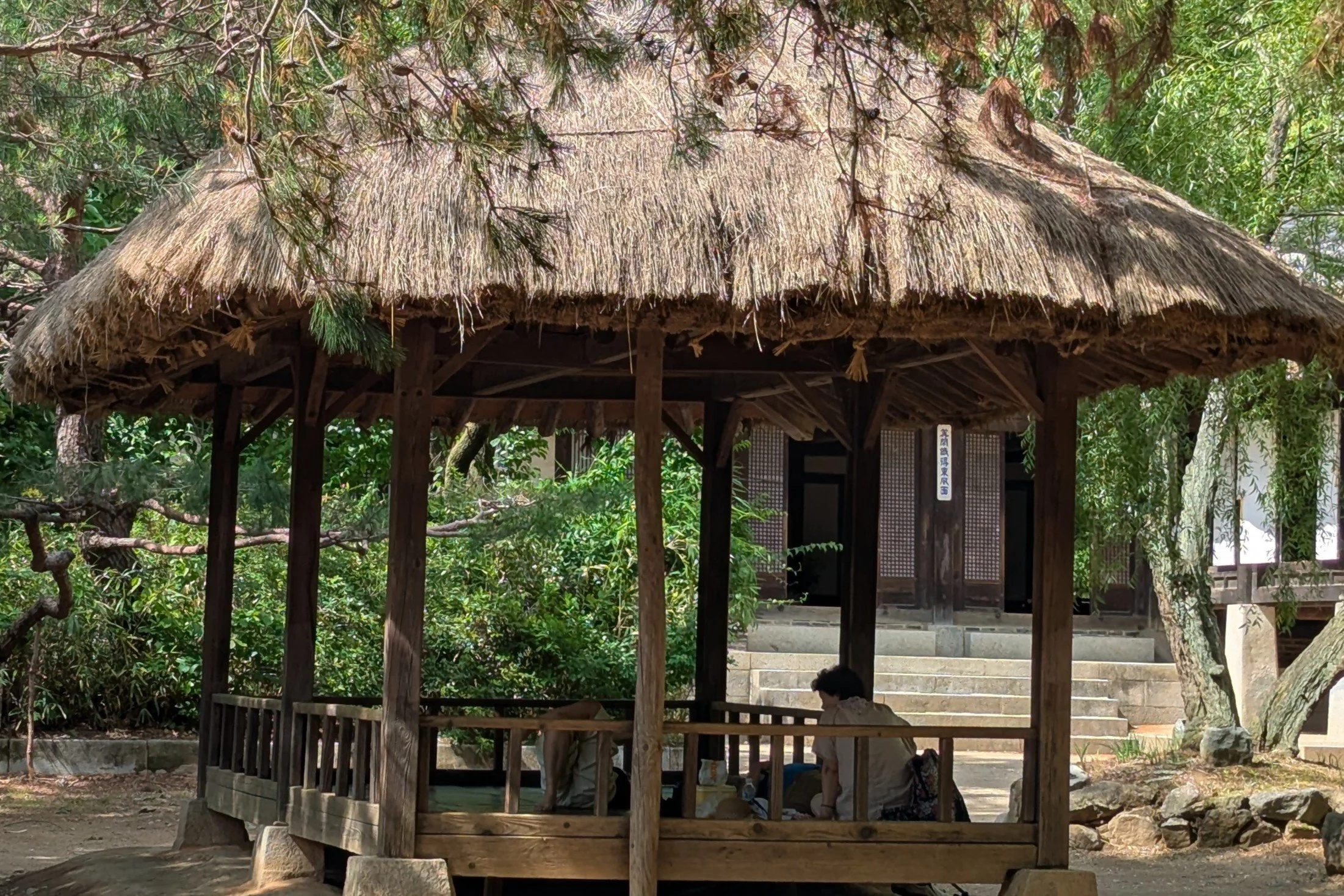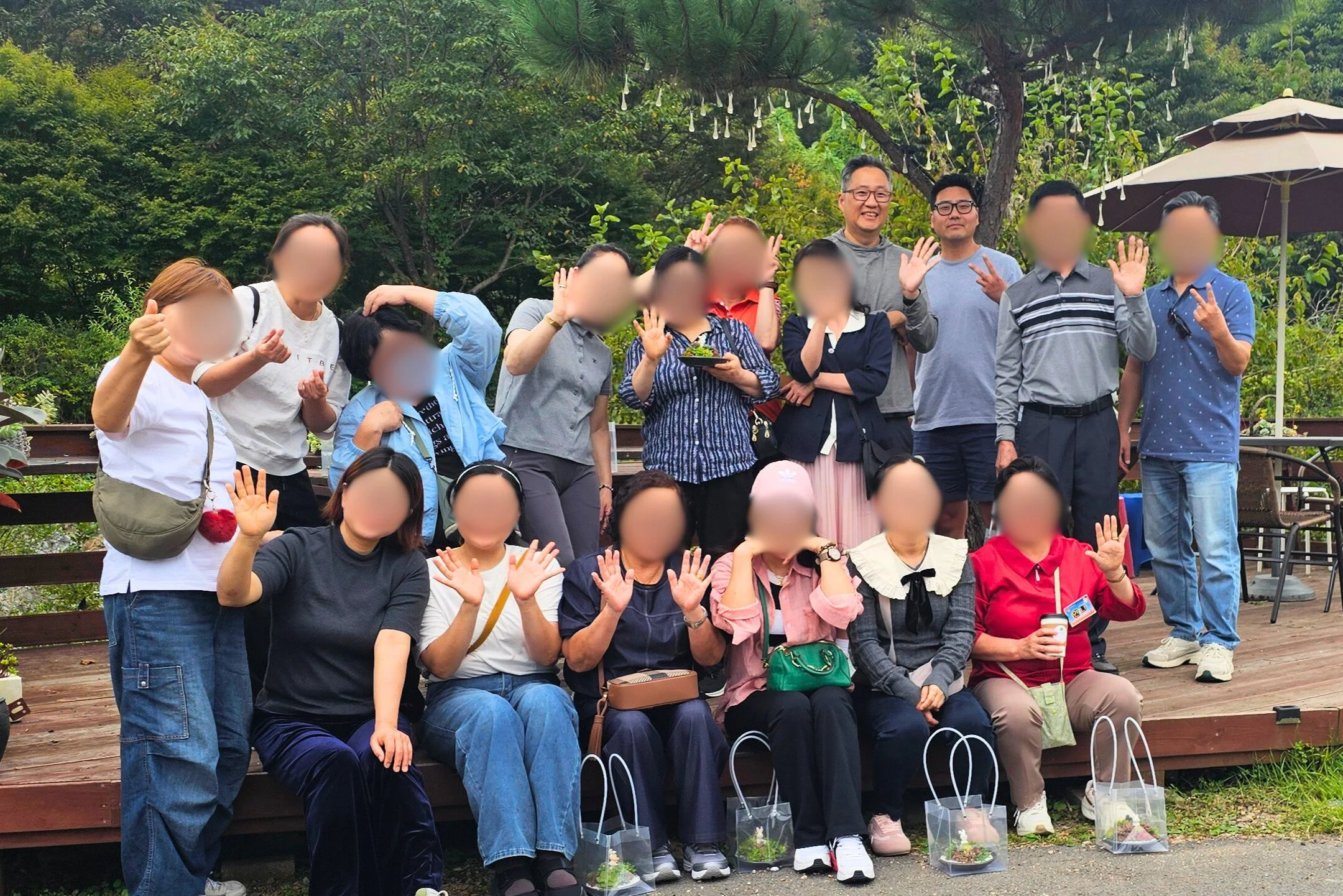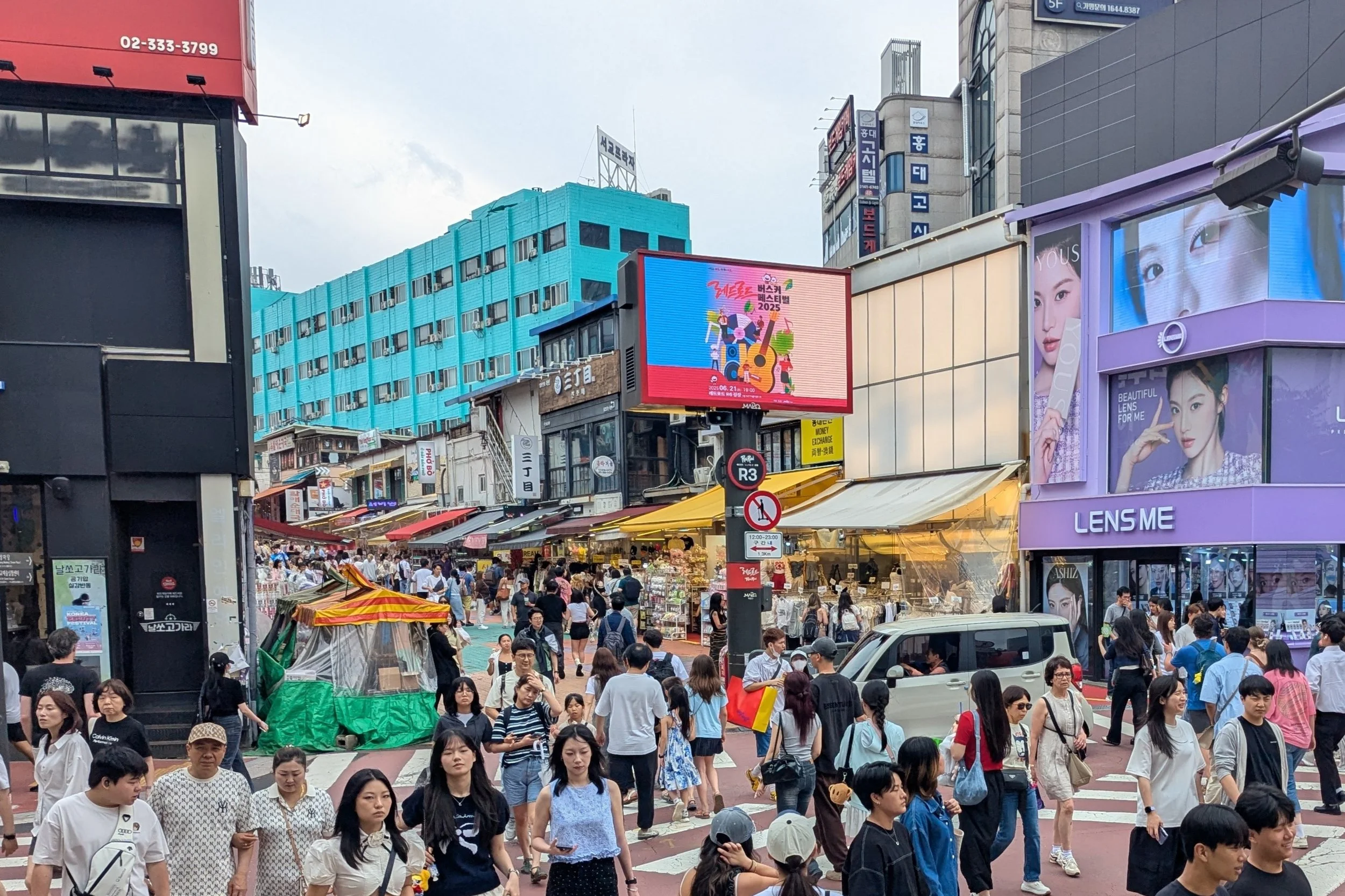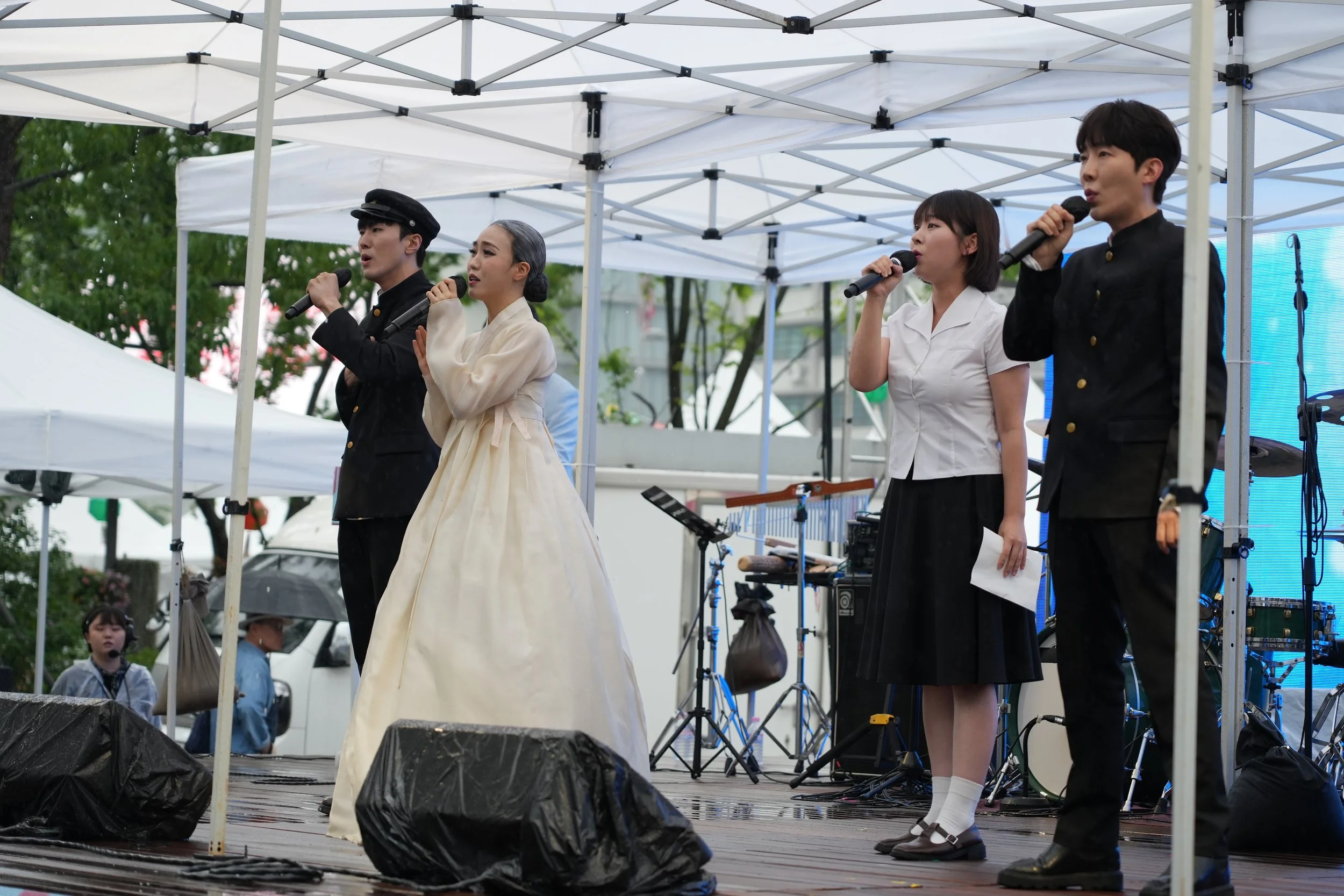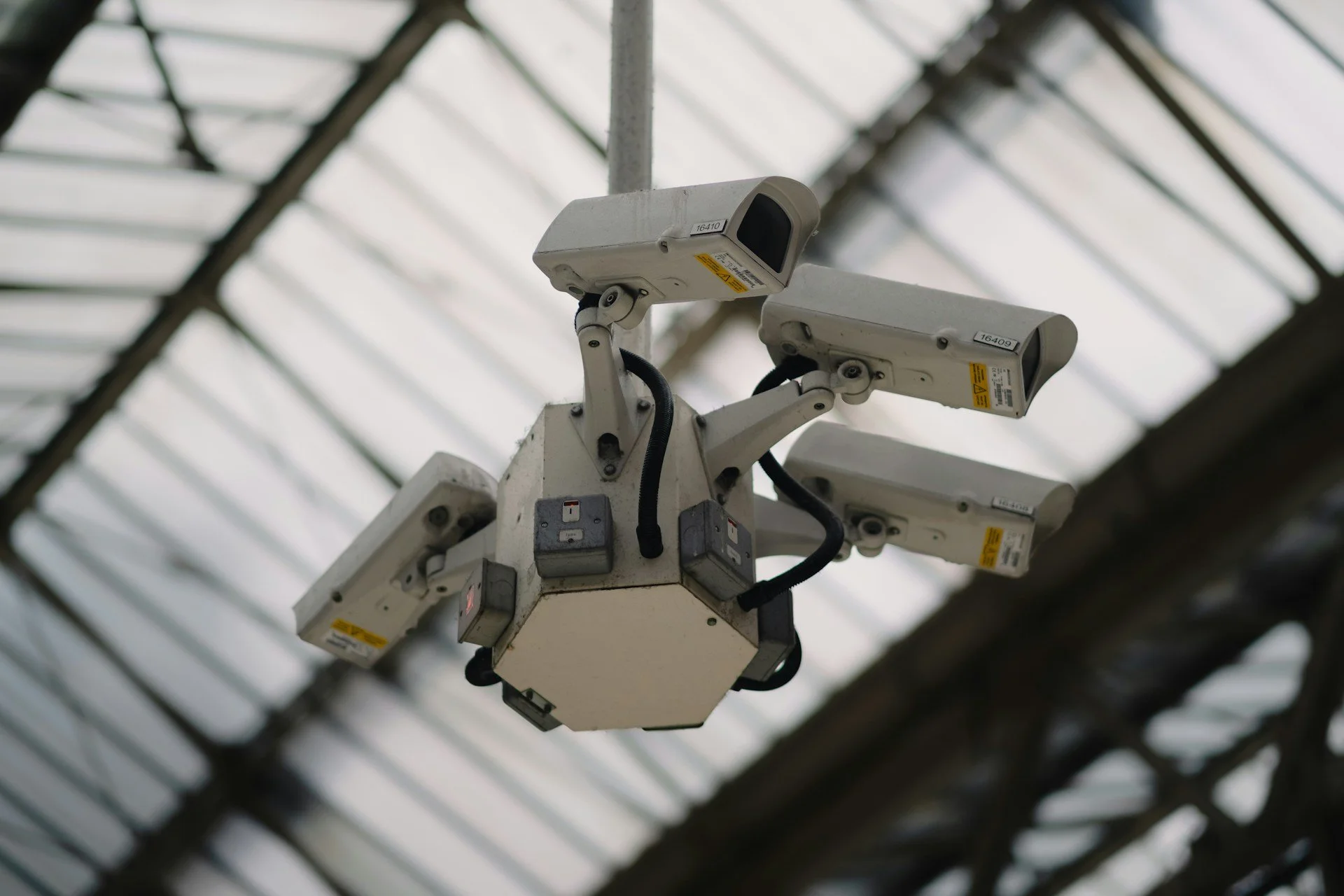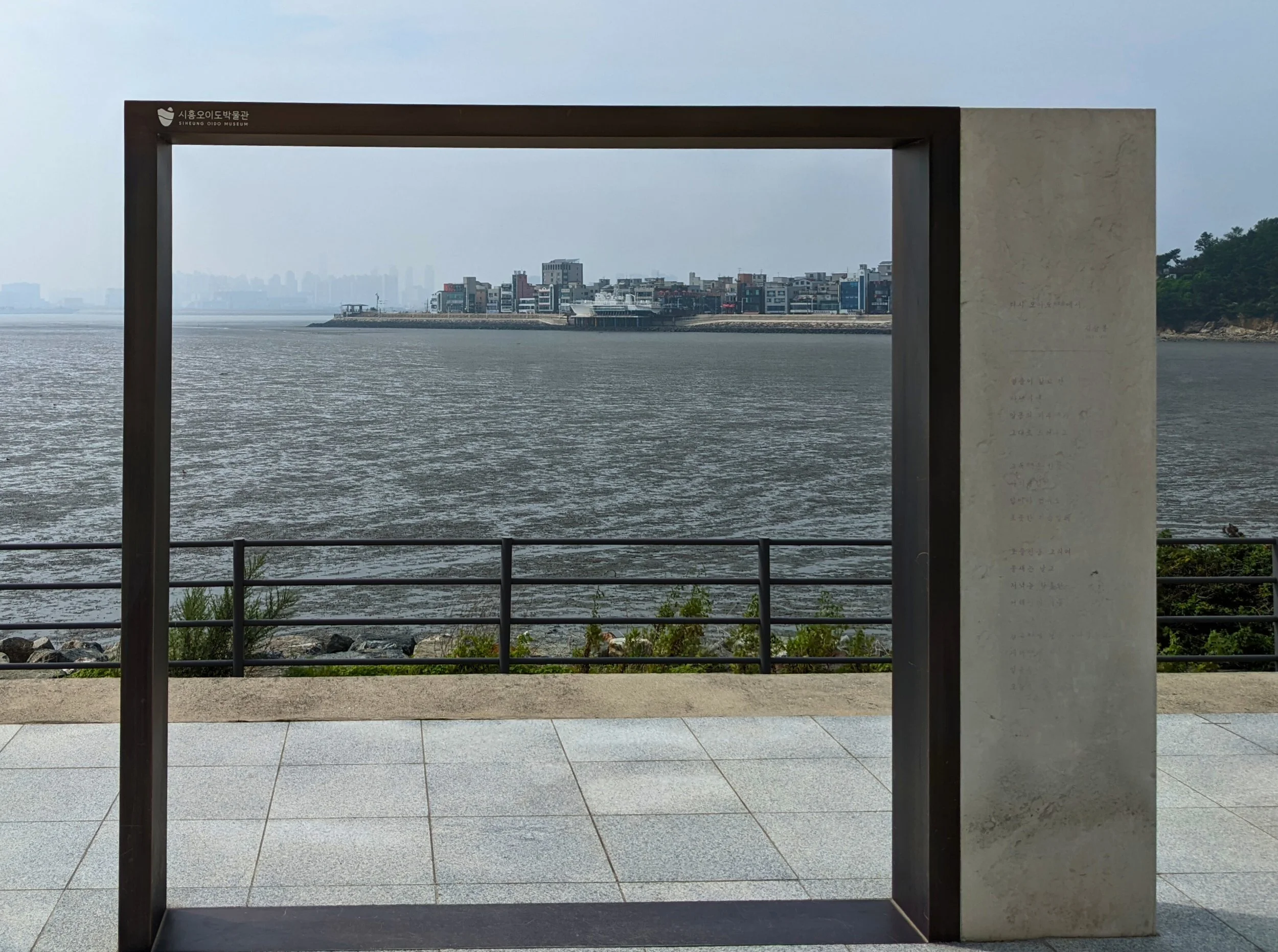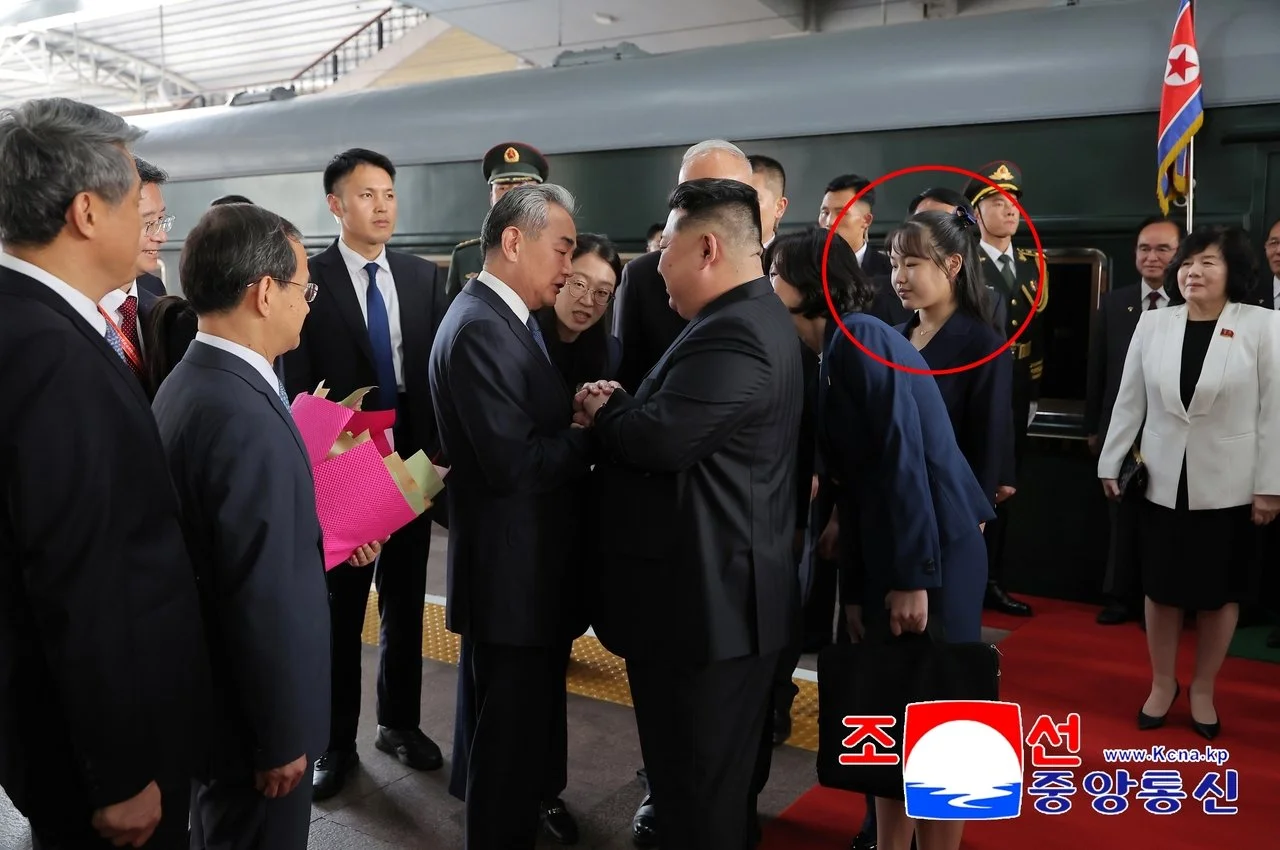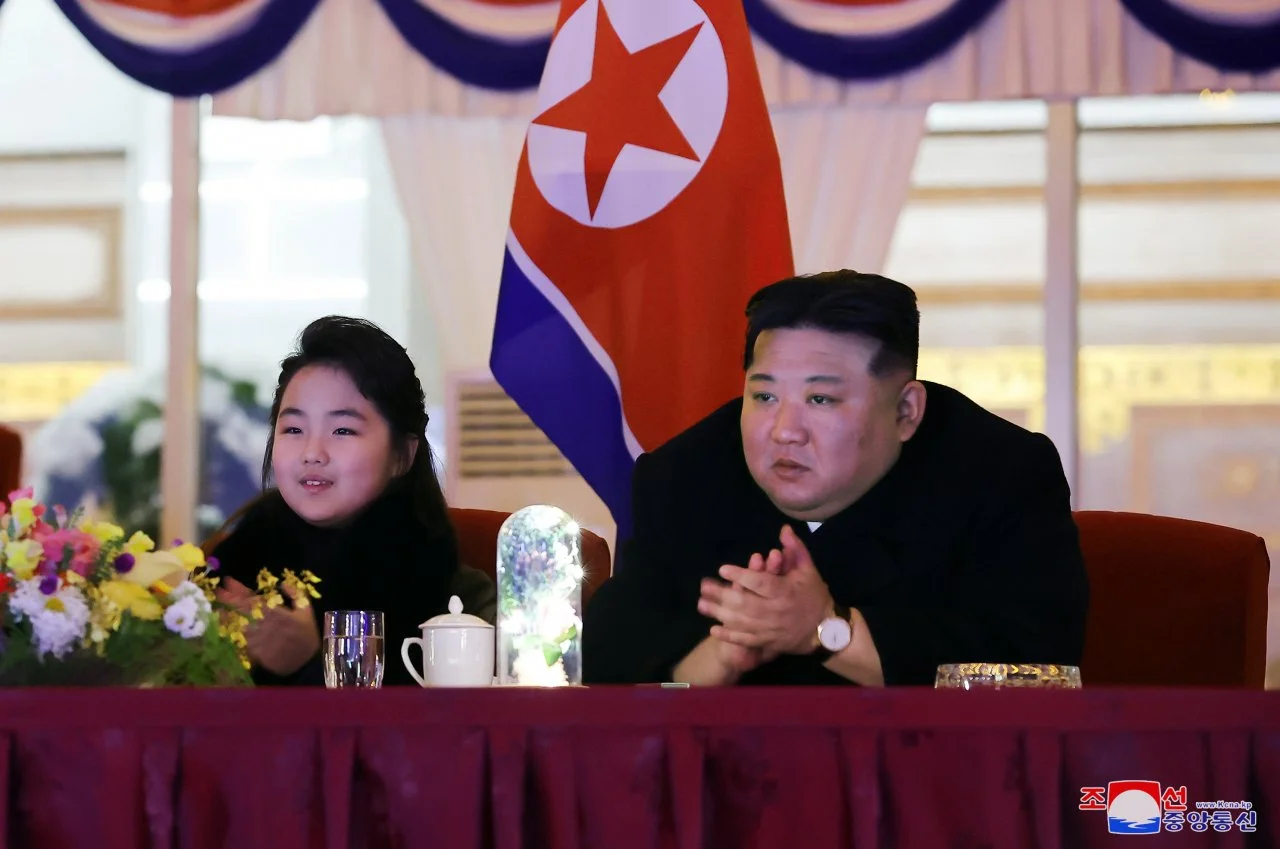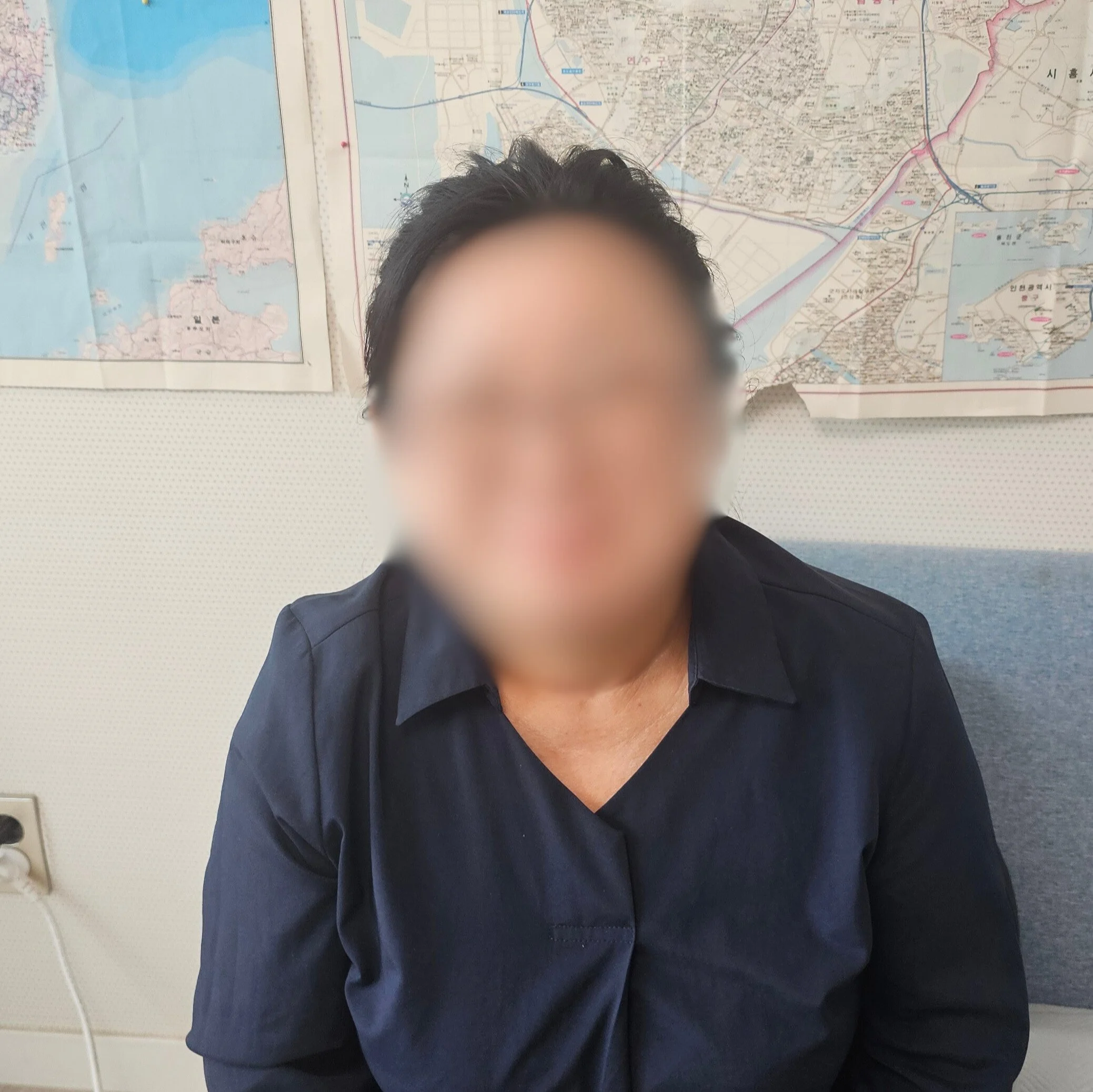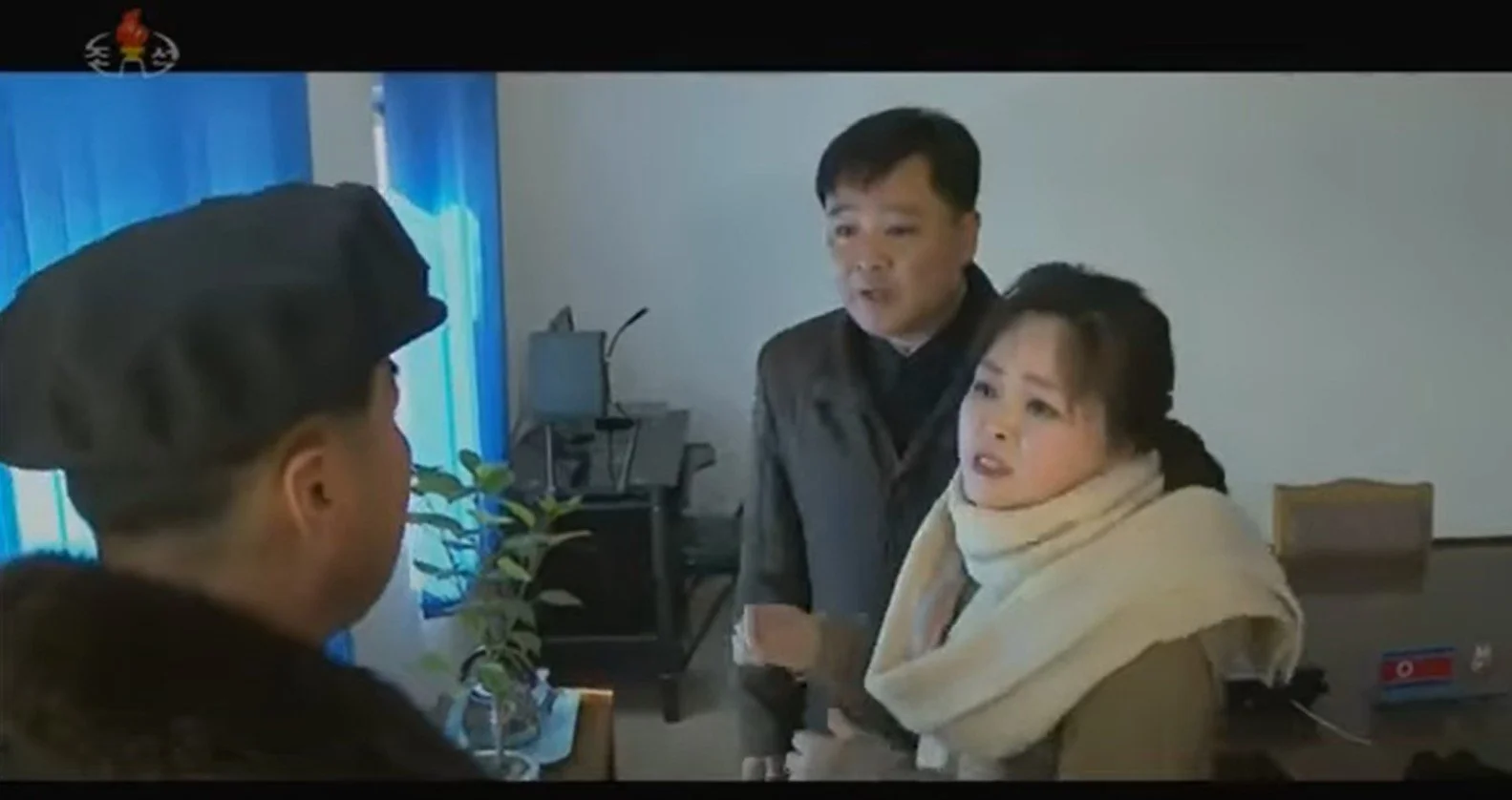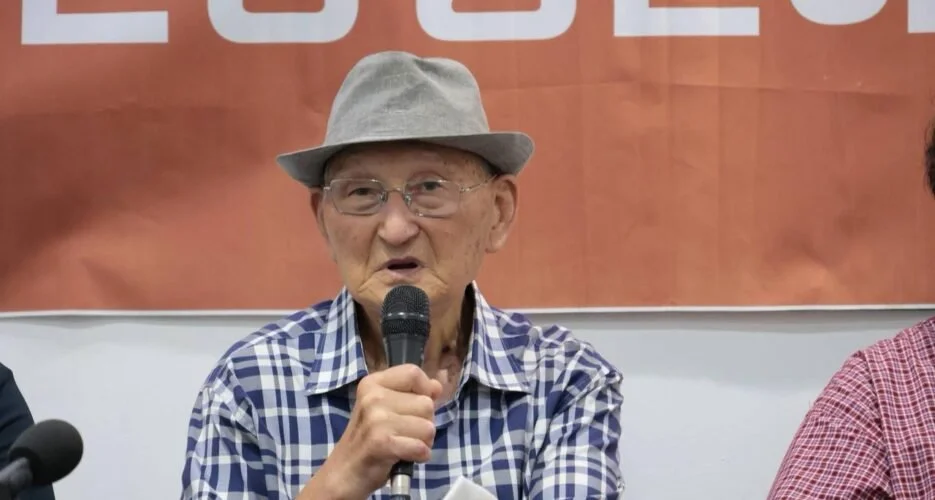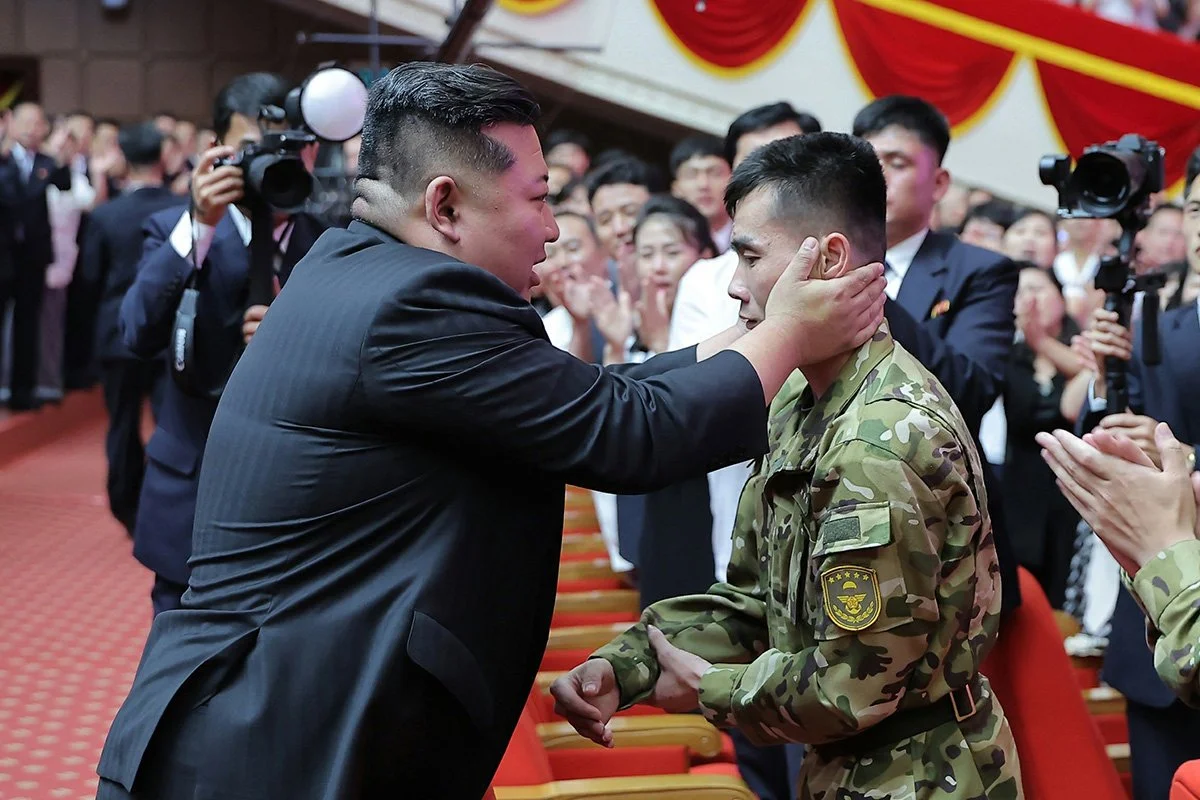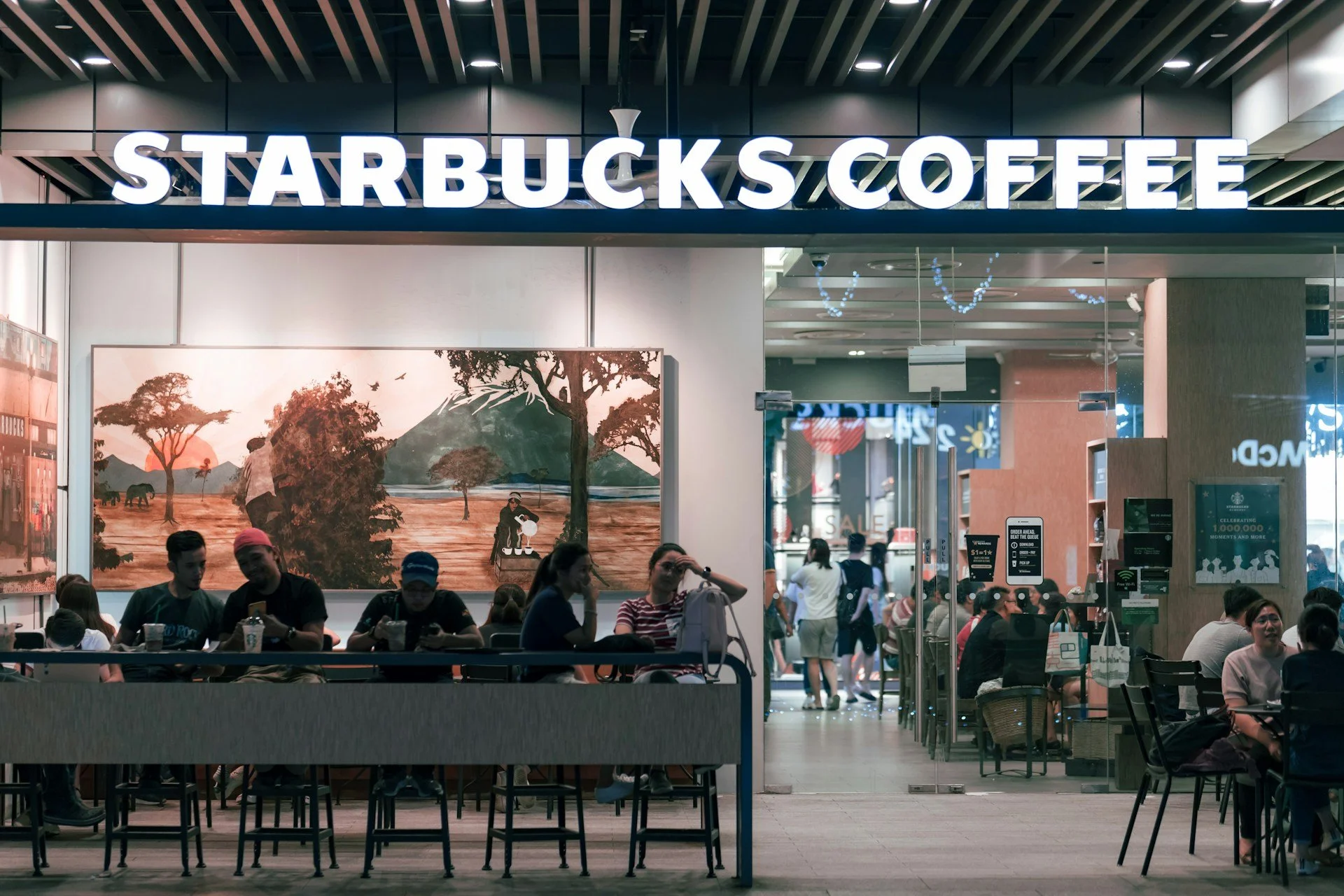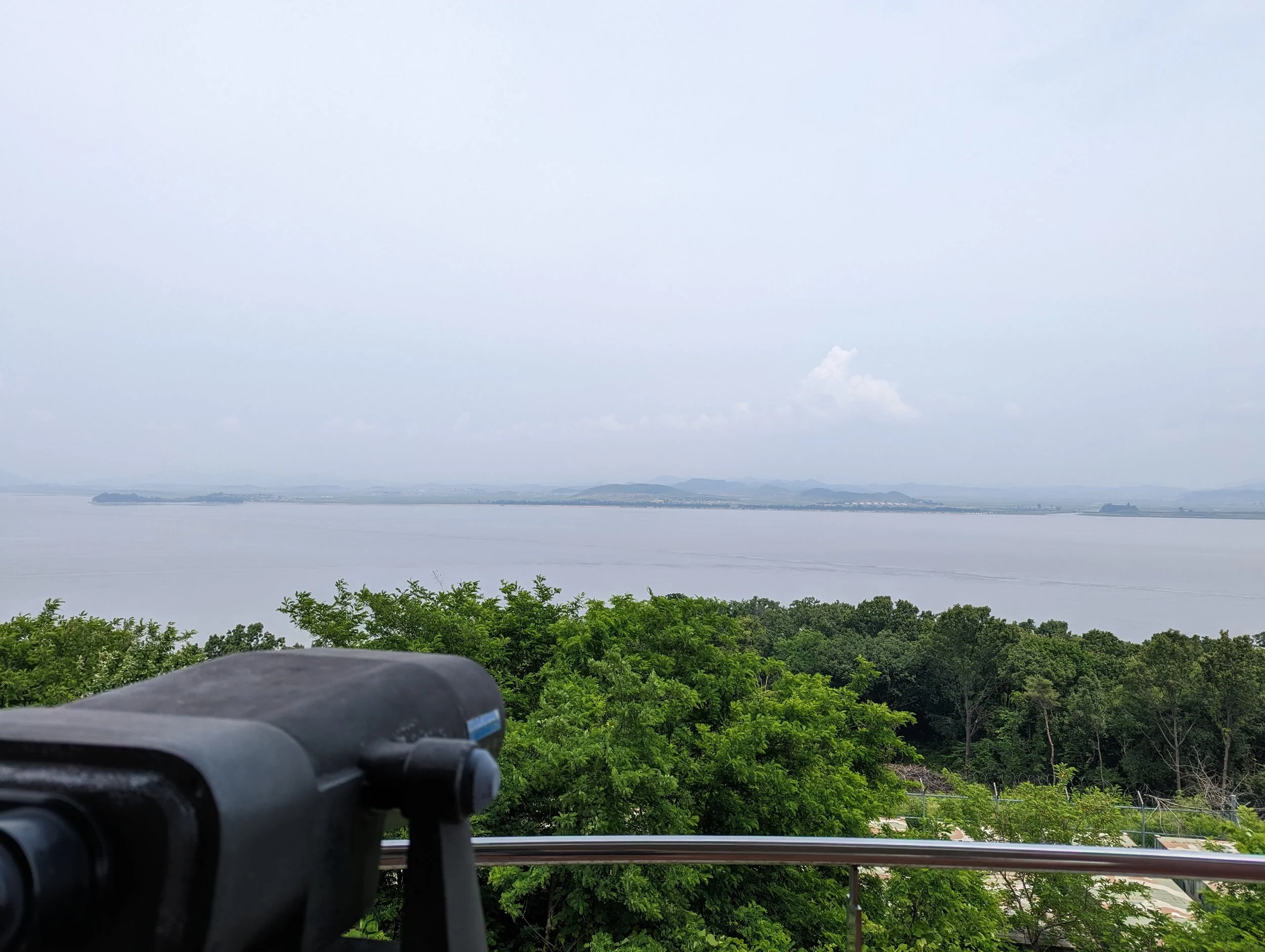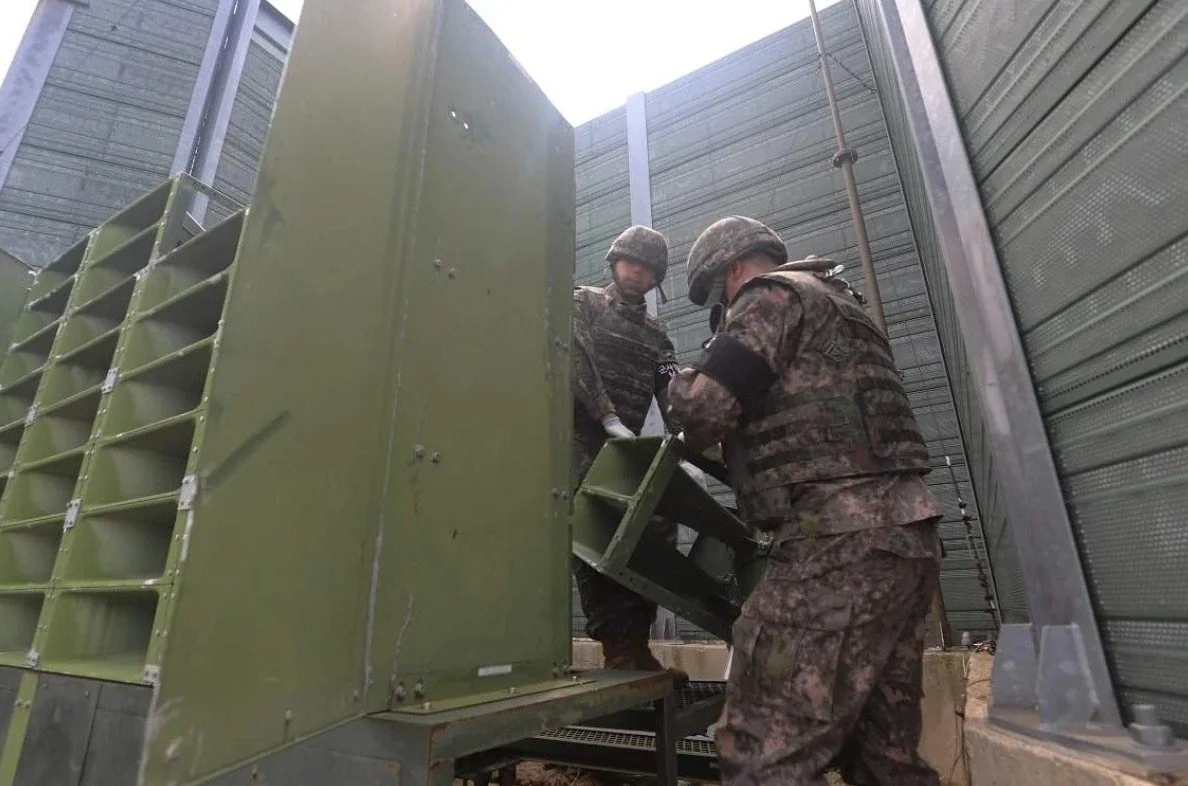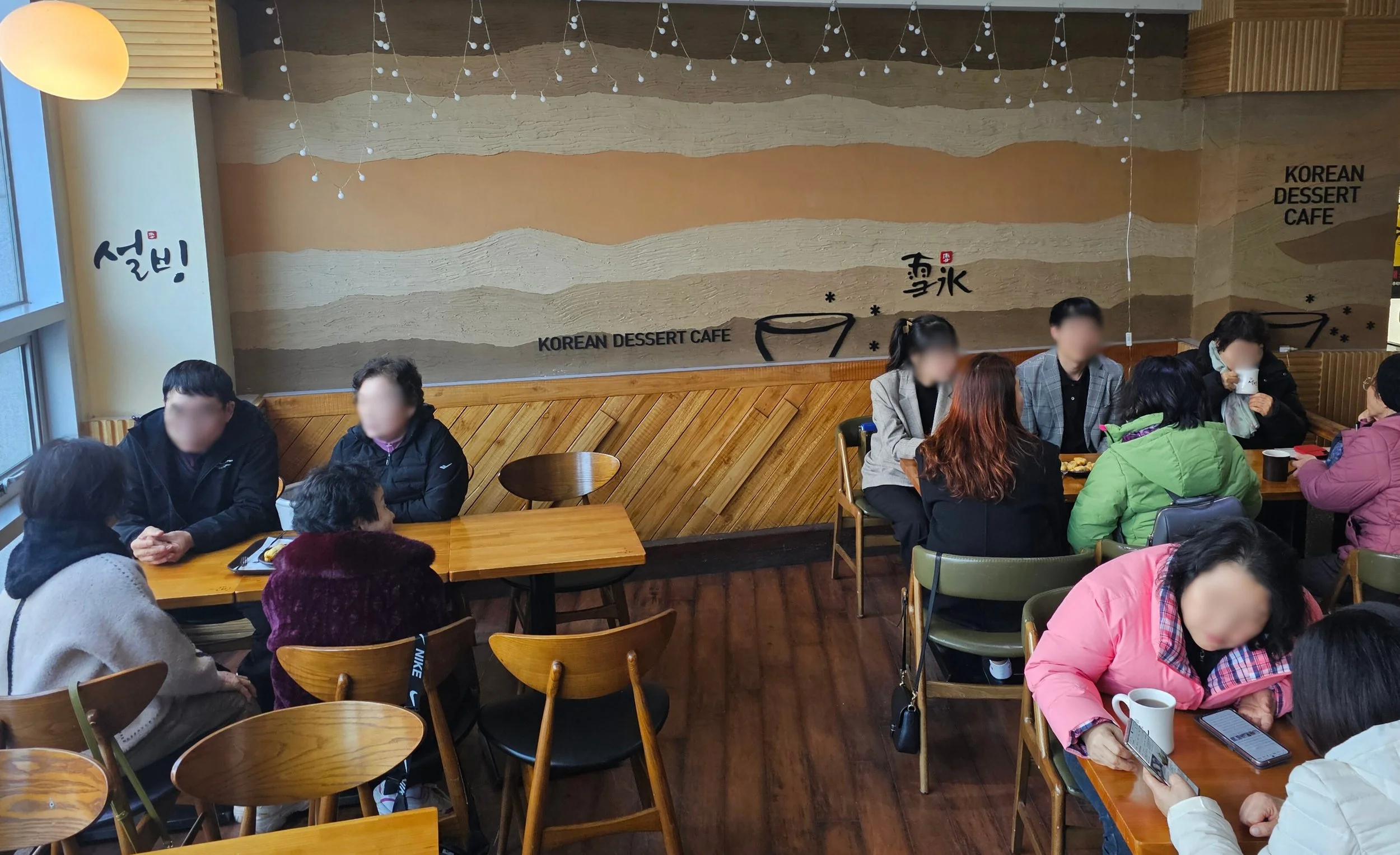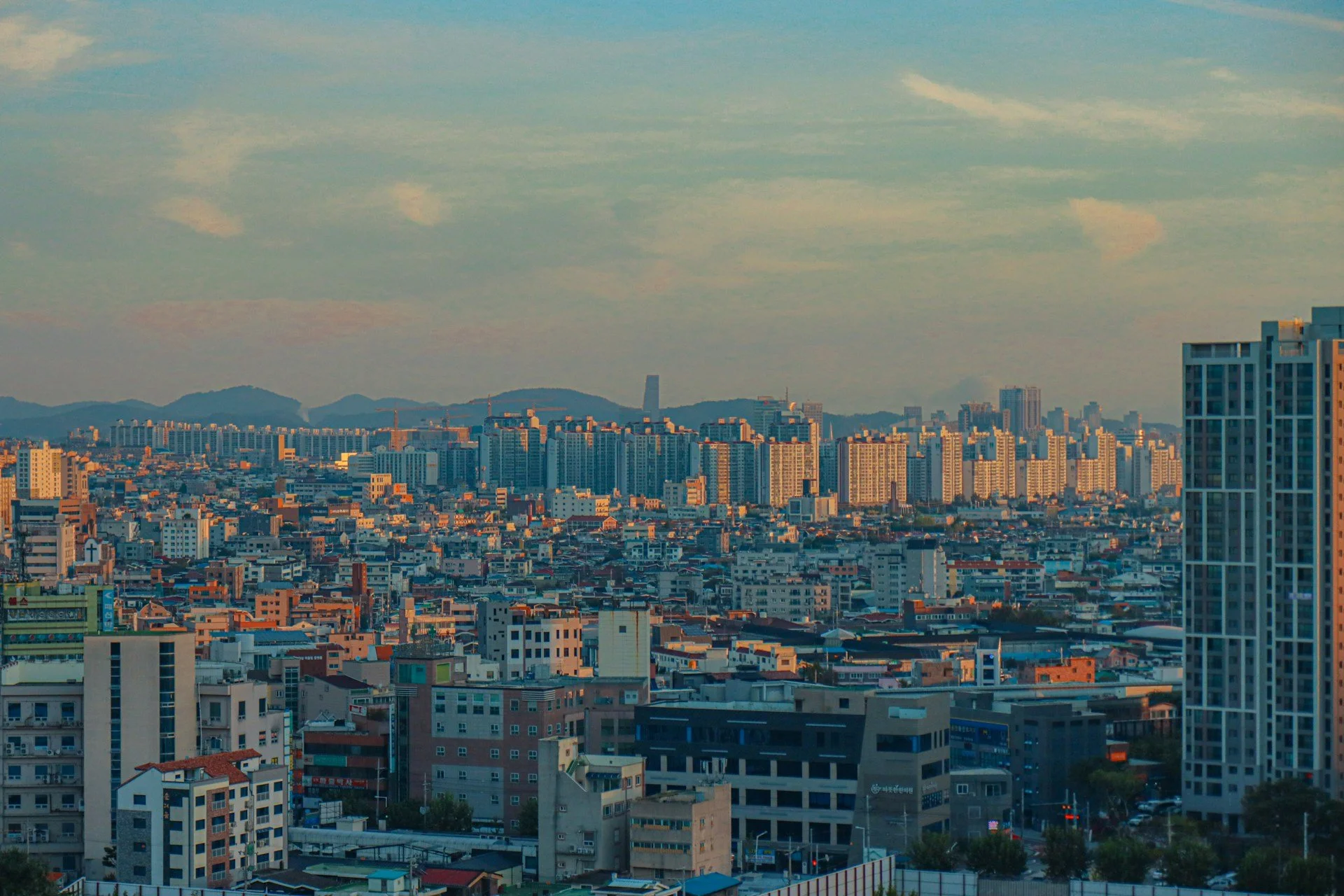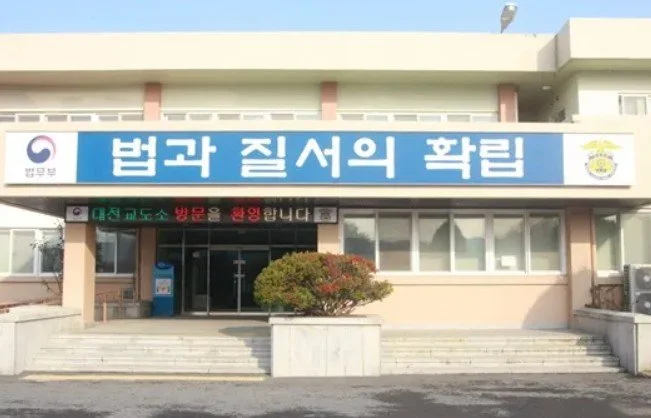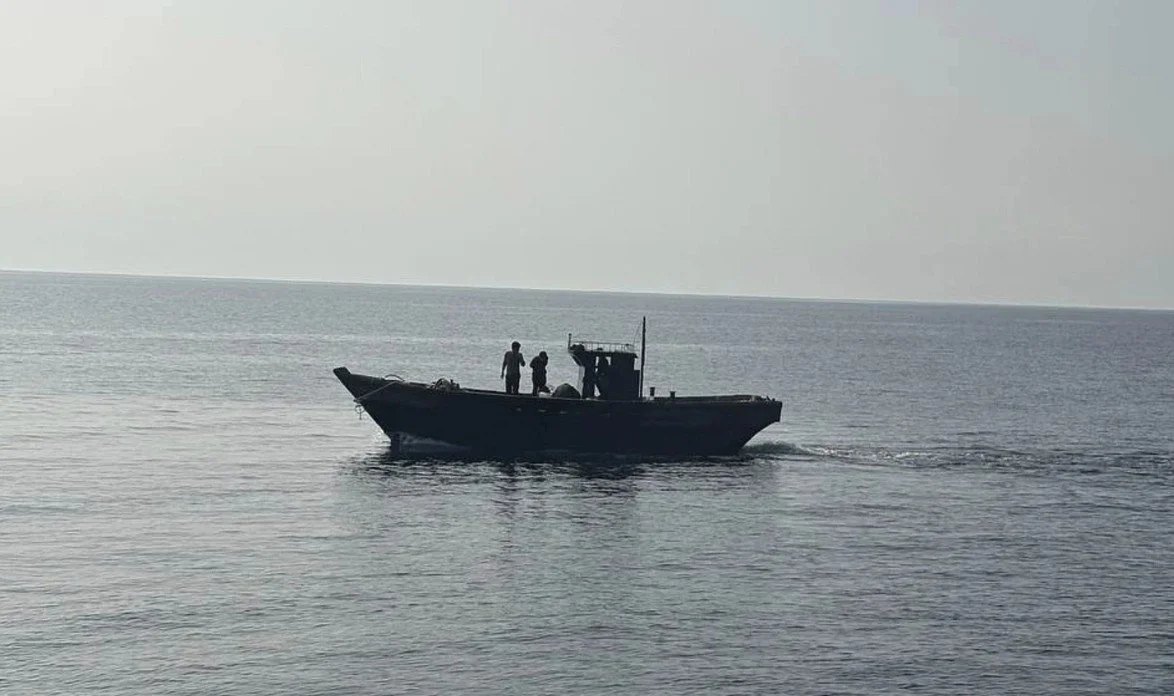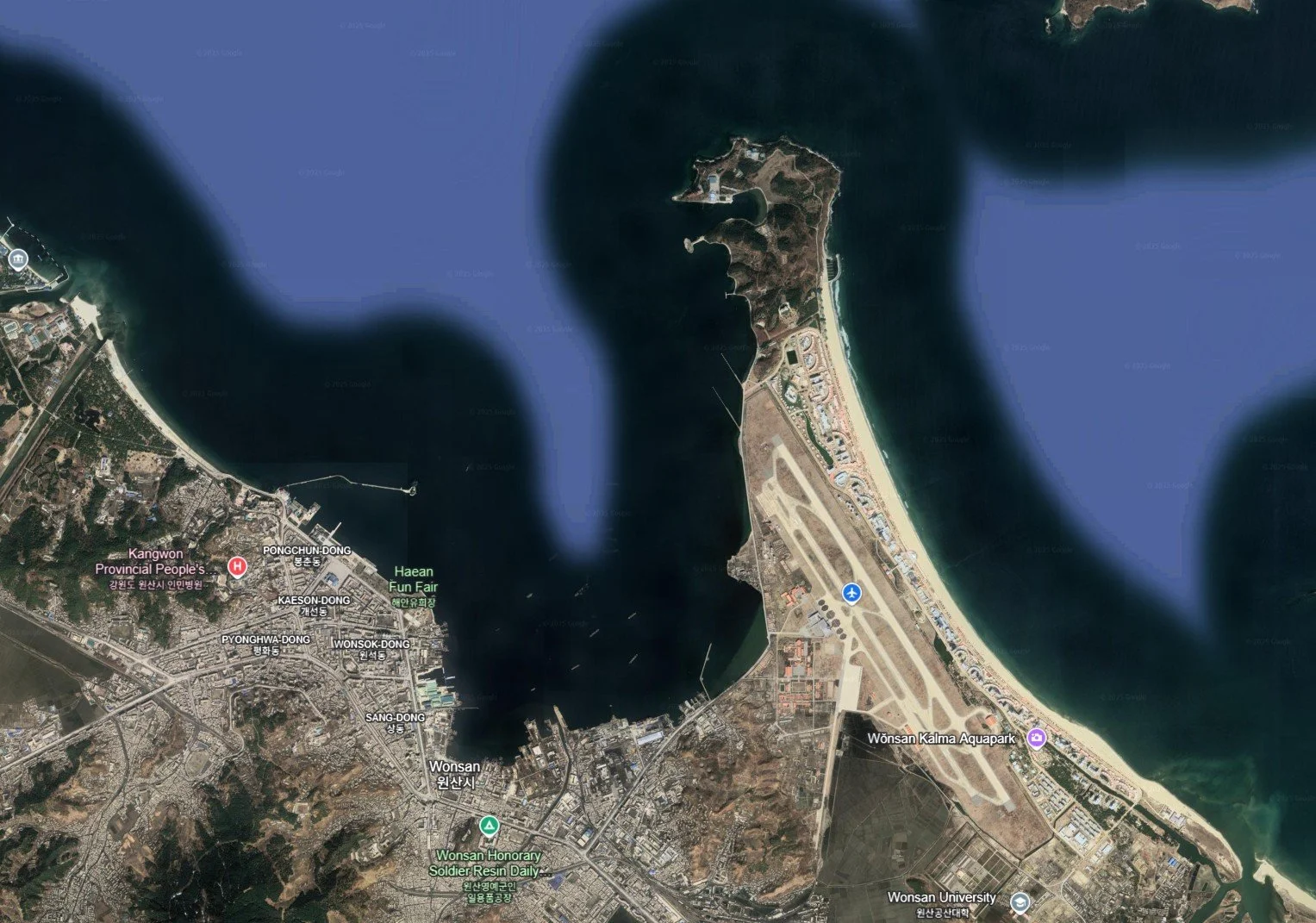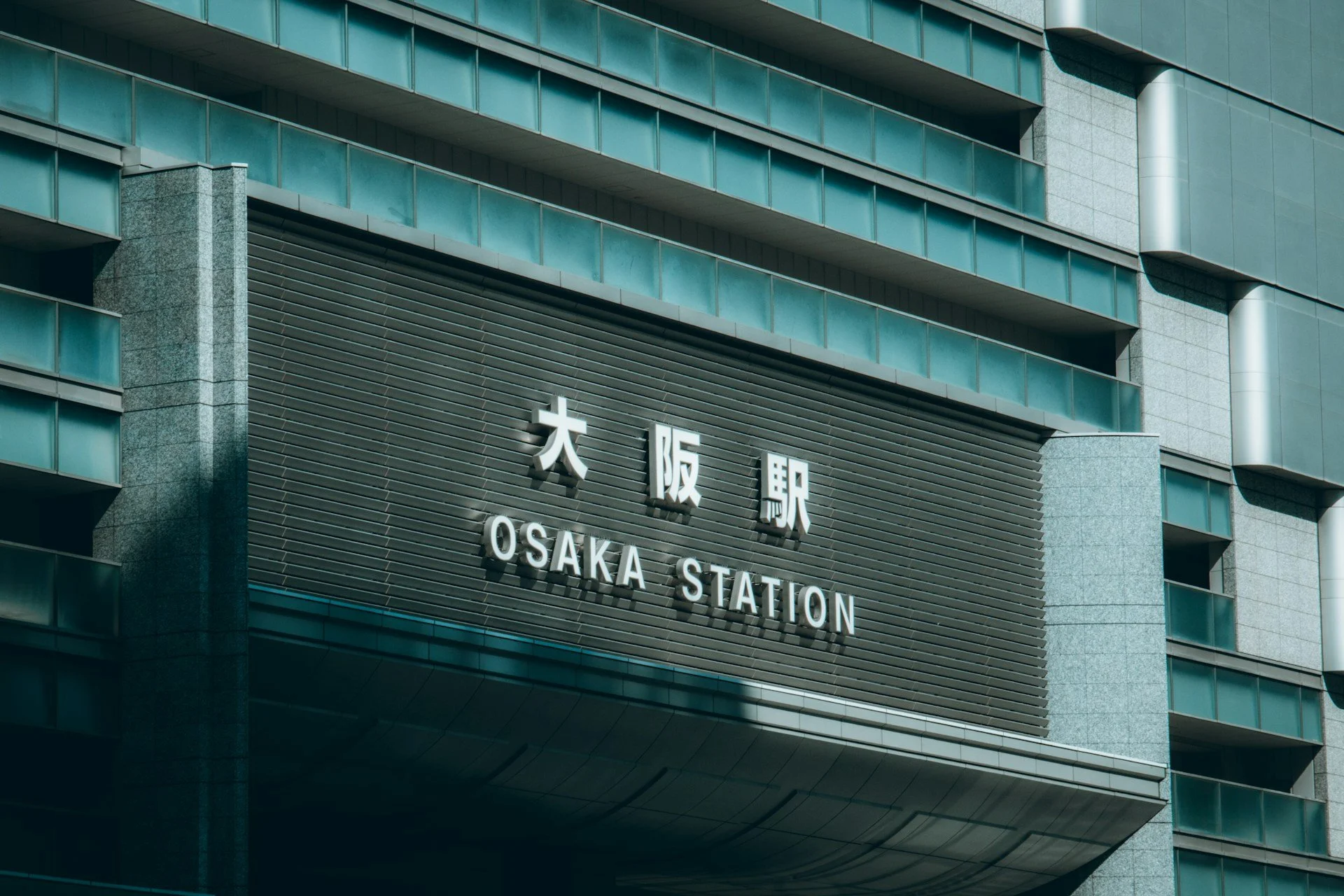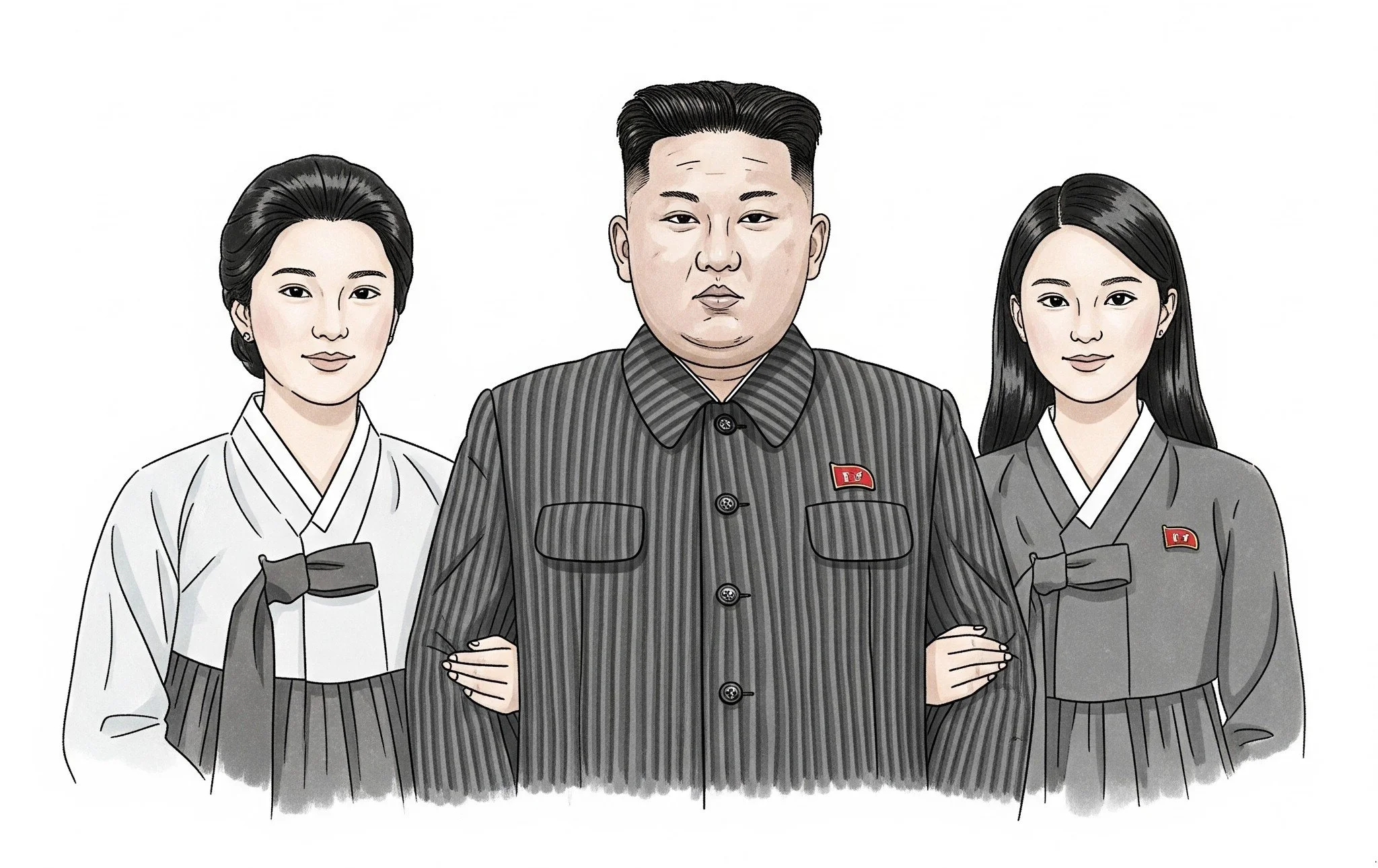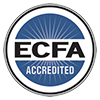"Whoever walks in integrity will be delivered, but he who is crooked in his ways will suddenly fall." (Proverbs 28:18 ESV)
At Elim House, our women’s shelter, Janet (a pseudonym) clings to these words. She often tells us that whenever she tried to rush or let greed take the wheel, life became complicated. Now, she believes that even if it takes time, going slowly, acting with integrity, and waiting patiently is the best approach in life.
But this wisdom was earned through a lifetime of profound loss.
The Weight of HER PAST
During her years in China, she managed a company cafeteria—a role that could have easily translated into consistent work in South Korea. While working in a company cafeteria in China gave her significant experience, she refused to do restaurant work after coming to South Korea. She says that time was so lonely and difficult that no amount of money could convince her to return to that life.
Her transition to life in the South has been complex. Unlike many defectors, Janet didn't flee the North because of starvation or a hatred for the political system. Because of this, her struggles here often trigger regret. When she was in China, the door to home was technically still open; she could have returned. But crossing into South Korea shut that door forever. On her hardest days, that finality brings a deep and aching homesickness.
A History of Heartbreak
In North Korea, tragedy struck early when her young son drowned. This shock caused her husband to wander and stray. The husband suffered immense guilt because he had beaten the son the day before the accident.
Years later, Janet was pregnant with their second child, this time, a baby girl. When her husband heard it was a girl, the reaction was visceral and cruel—he snatched the pillow from under Janet’s head, threw it across the room, and walked out. He then had an affair. He eventually returned home on the daughter's 100th day, the first major celebration in a newborn’s life. He held his daughter’s hand, and cried endlessly.
Janet’s Dream
In 2005 when their daughter was just five years old, Janet made the agonizing choice to cross into China to earn money for the family. She hasn't seen her child since. The only comfort she has is a scrap of news from a few years ago: her daughter is alive, living with her father, and working.
Janet describes herself as a woman who has "buried her children in her heart"—an idiom for a parent who outlives or is permanently separated from their children.
When we asked her about her hopes for the future, she didn't mention wealth, travel, or success. She simply said:
"If there is a next life, my only dream is to have many children, and to just live with them."
Janet’s story is a reminder that for many of the women we serve, the journey to freedom is paved with the heavy stones of separation. We ask for your continued support as we help Janet find the shalom of Jesus in this life, even as she dreams of the next.


